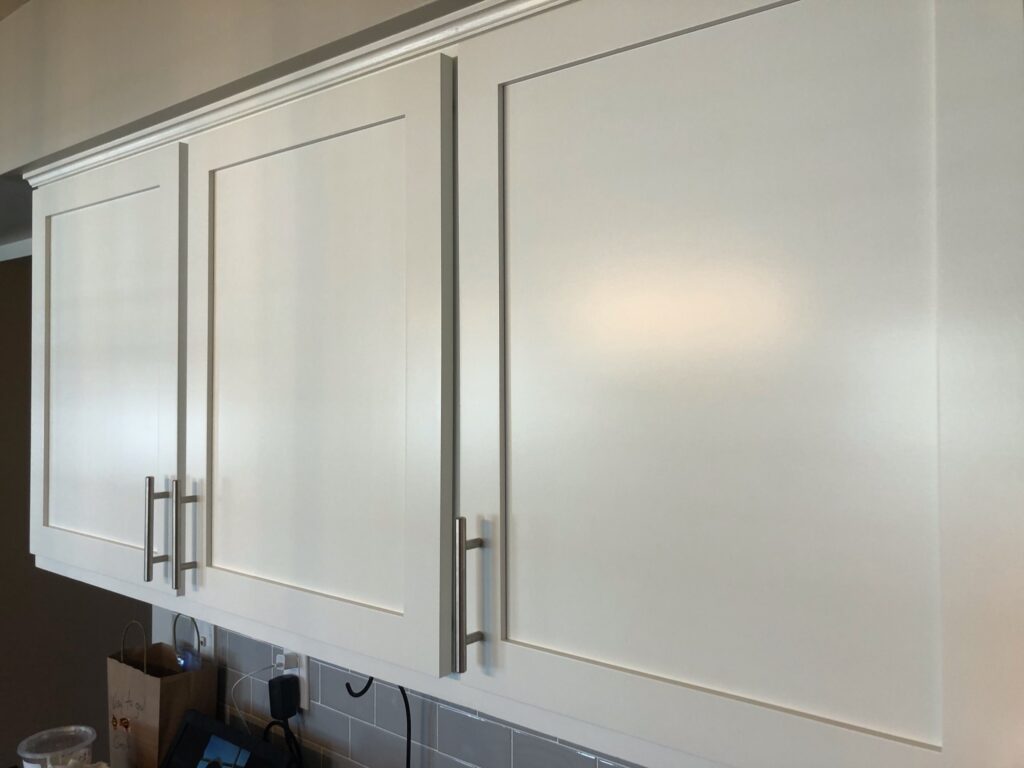
How to clean painted kitchens cabinets by Just Add Paint, cabinet refinishers in Mechanicsburg. This blog is dedicated to all the well-intentioned people out there who just destroyed their newly painted kitchen cabinets by using a magic eraser on them…
The cleaning process for kitchen cabinets is critical in making sure they hold up over time. In general, less is more in the process of cleaning cabinets. Harsh chemicals are a no go, as is any type of abrasive sponge/scrubby pad. Forget about wax-based cleaners, and think more of water-based products. In fact, sometimes you may not need a product at all, and warm water will be enough on its own. Grease, finger prints, and food are the main things that cause staining. While each of these presents their own set of problems, the solution is the same for all.
How To Clean Kitchen Cabinets:
- Start with warm water and microfiber rag. This is a great start, however, it is not always the end all solution. If the problems are related to dirt or food, this usually is all you will need. Grease and heavier staining will require something more heavy-duty. Scrub painted cabinets gently in a circular motion using as little pressure as possible. Using too much elbow grease can cause burnishing on the paint and we want to avoid this at all cost. Burnishing will occur exponentially easier if cabinets were painted with a paint that is not a professional cabinet paint. Even the best acrylic house paints will break down much more quickly than a conversion varnish, lacquer, 2K poly, or even a urethane. If warm water alone doesn’t do it…
- Cleaning solution may be used for additional strength. Not all cleaning solutions are equal, therefor, we must try to avoid anything that is harsh. I highly recommend using Dawn Dish Detergent or Krud Kutter. For Dawn, add roughly one teaspoon of detergent to a quart of warm water, and repeat gentle circular motion described above with minimal pressure. For Krud Kutter, dilute 10:1 with warm water and use the same process. As professional painters, we are partial to Krud Kutter because we use it daily on all types of painting jobs. In fact, Krud Kutter has become the only cleaner I use for daily house cleaning anytime I do not need a disinfectant. This product is also citrus-based and biodegradable, and is the best organic cleaner this author has ever come across.
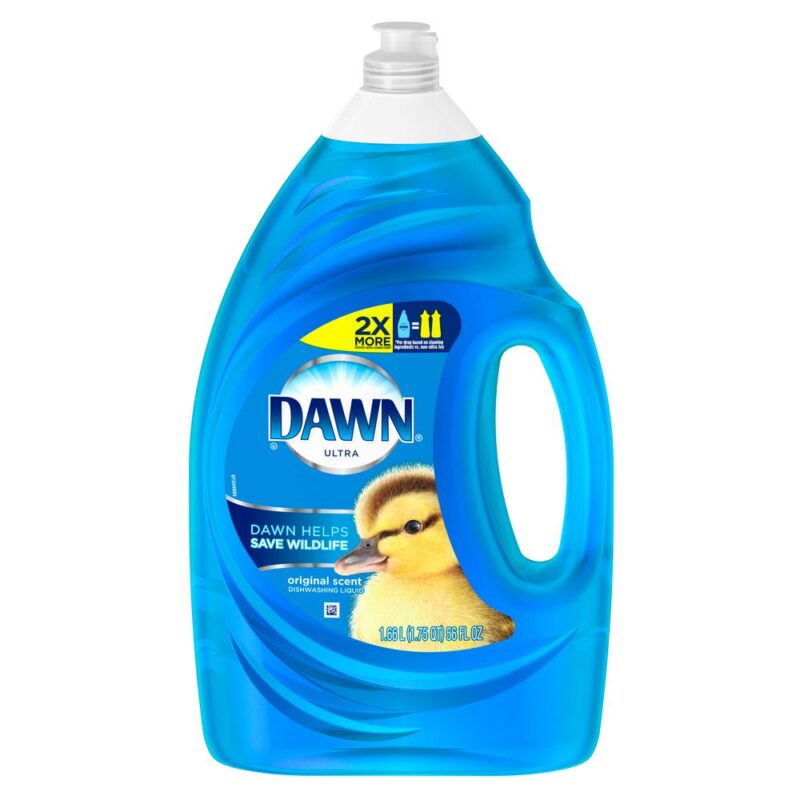
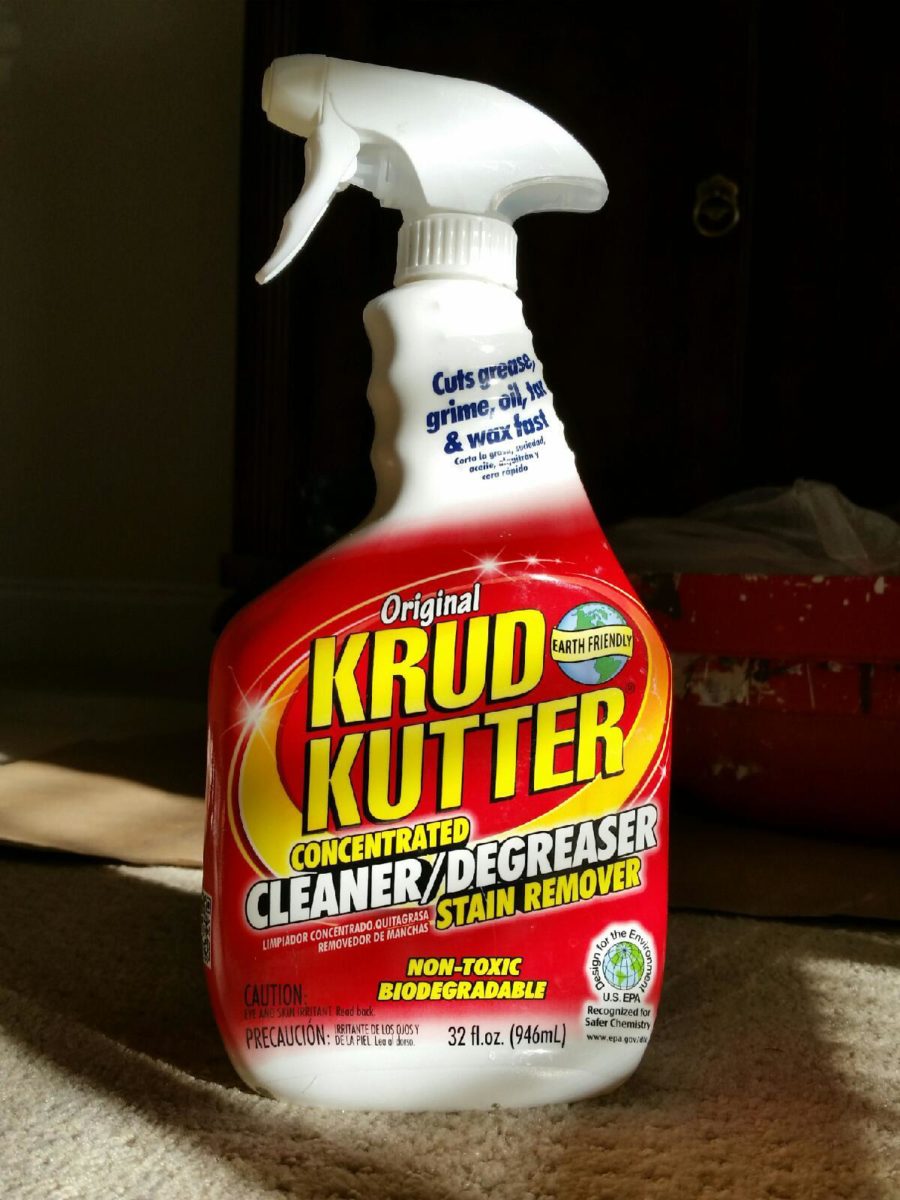
- If you used a cleaning solution, repeat process with warm water only. “Warm water only” cleaning is necessary to remove any remaining cleaner and/or reside from cabinetry. Repeat gentle circular motion as described with a wet microfiber rag. If dirt or staining persists…
- Repeat process with cleaning solution, and then repeat warm water only wipe down. It is best to keep cleaning to the warm water/gentle cleaning solution step. This is not difficult to do if one wipes cabinets down every 2-4 weeks and/or any time they are dirty. In case of heavier staining…
- Use a less diluted cleaning solution, and continue with warm water only rinse. Always avoid putting any type of undiluted cleaner onto your freshly painted cabinets. Krud Kutter can be diluted up to 5:1 or even 3:1, but I do not recommend using a higher concentration than that.
- Last, wipe dry with a soft microfiber rag. Not unlike a car, water marks will remain visible after a good washing. Avoid this by wiping your cabinets down after every cleaning. GENTLTY.
ADDITIONAL TIPS FOR HOW TO CLEAN PAINTED KITCHEN CABINETS:
- If there is a soft spot around the handles/pulls/hinges, it is too late for cleaning. This is grease that has absorbed into the paint, and the cabinet door/drawer will need to be repainted (ideally stripped and then repainted). Grease absorption is uncommon in cabinets that were painted with a proper cabinet paint, however, it is the MOST COMMON problem if cabinets were painted with a regular house paint. Check this issue by pressing a fingernail into the dark spot. If it leaves an imprint, cleaning will not help.
- There are some stains that no amount of cleaning will help with. Coffee, mustard, and red wine present three of the biggest challenges with permeant staining on kitchen cabinets (Can you guess which two of these items are commonplace at my house?) Unfortunately, repainting is often required when this type of stain has occurred. In fact, priming with a stain blocking primer my be necessary to seal in stains.
- Lastly, avoid over cleaning top edges of cabinets. This is not typically a major issue on cabinets that have a good seal on the edges. However, particularly on DIY painted cabinet jobs over oak, grain can remain open and not completely sealed. Moisture from cleaning will often find a home here and start to erode the cabinet paint (and sometimes cabinet itself) over time. Make sure to use as little water as possible to avoid moisture build up.
We hope you have enjoyed this blog about How To Clean Kitchen Painted Cabinets. Please feel free to reach out to us for estimates – and also if you are a DIYer and just have some questions we can answer in an email. We are happy to talk shop about all things painting even if you are planning to do a job yourself!

Free Online Estimating https://www.justaddpaint.net/contact-us
www.justaddpaint.net
https://www.facebook.com/justaddpaint/



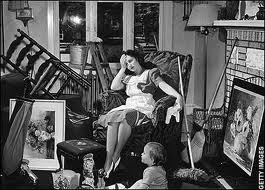
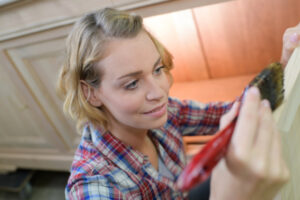
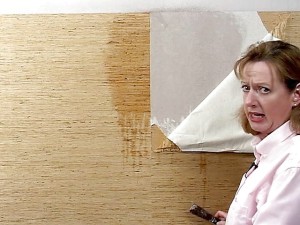

I have lacquer cream cabinets. Will the same directions be used? I’ve never been able to
really get them clean–even with hand pressure.
THANK YOU, THANK YOU, THANK YOU !
Website ? I don’t know enough to know.
Hi Terry – Yes, absolutely. These products are safe for any type of properly sealed wood. Although lacquer can yellow over time and it may be time to have them repainted if they do not appear to come clean with detergent or Krud Kutter. And start with a small, inconspicuous spot to make sure the lacquer is still intact. Good luck!!!